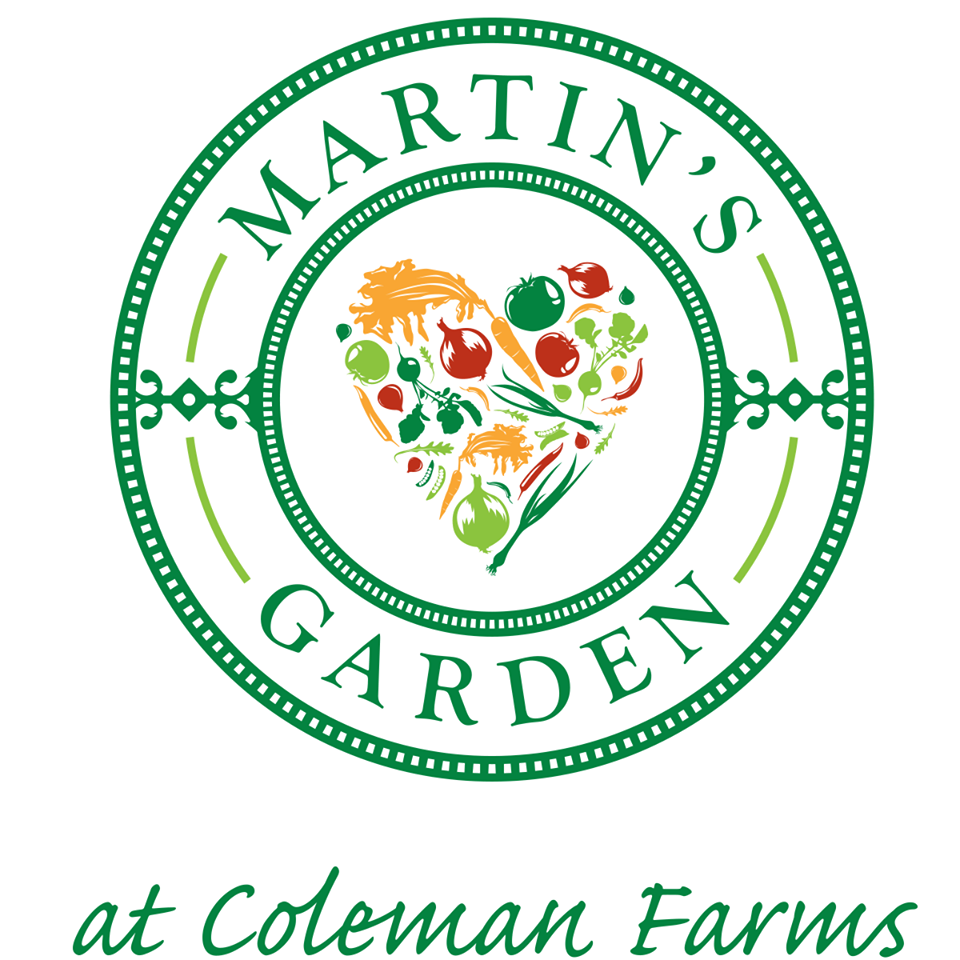GARLIC SCAPES
Garlic scapes are the long curly stem that grows from hard-necked garlic. This type of garlic is the one most commonly grown in North America, but it comes as a surprise that very few people know of garlic scapes, much less have eaten them. These long, tender stems need to be chopped off so the garlic bulb can grow and be harvested. If not, the plant expends its energy trying to feed the stems and flowers, yielding small garlic bulbs. Thus, garlic is one of the few plants that need to be harvested twice, first for the scapes, then for the bulbs.
These surprisingly tender and flavorful stems will make a wonderful addition to your weekly shopping list, as they can be used in sauces, stir-fries, salads, soups, and stews. Their flavor is a mixture of the best of onions, garlic, and scallions, which makes them a three-in-one addition to your savory recipes.
Once you've tried scapes, they'll become your new favorite allium. Added to our basil pesto, the resulting sauce is a vibrant and herby ingredient that you can use to top pasta, potatoes, rice, salads, chicken, beef, pork, or slices of mozzarella di buffalla. Another great feature of this pesto is that it doesn't brown as fast as regular pesto, and freezes beautifully—spoon garlic scape pesto into ice cube trays—once the cubes are frozen, remove and transfer to a plastic freezer bag.
Health Benefits of Garlic Scapes: Garlic scapes have many of the same benefits as garlic cloves. They are high in antioxidants, which help decrease inflammation. They are also a good source of vitamins A and C and fiber.
Garlic Scape and Basil Pesto
INGREDIENTS
12 large garlic scapes (bulb removed, cut into 1/2 inch pieces)
1 cup loosely packed basil leaves
1/2 teaspoon kosher salt
1/2 cup pine nuts (or walnuts)
1 cup extra virgin olive oil (divided)
1 cup Parmesan (grated, divided)
2 tablespoon olive oil, optional
INSTRUCTIONS
1. Add the garlic scapes, basil, and kosher salt to a food processor or blender.
2. Pulse a couple of times to achieve a rough mixture.
3. Slowly start adding 1/2 cup of the olive oil.
4. Stop processing and scrape down the sides of the bowl with a rubber spatula.
5. The texture of the final pesto is up to personal taste. If the sauce seems too thick for your preference add 2 tablespoons of olive oil at a time and check again for your ideal consistency.
6. Once a smooth paste has been achieved, add 1/2 of the Parmesan cheese and process until completely mixed in. Taste for seasonings.
7. Add the remaining cheese if you'd like a thicker and more savory paste, or leave as is if you're happy with the flavor and consistency so far.
8. Add 1/2 cup of pine nuts, or walnuts, and process at low speed until the nuts are roughly chopped and fully mixed in. The coarse nuts give the pesto a great texture.
9. Place the pesto in a serving bowl and refrigerate until ready to use. Top with the optional olive oil and place in an airtight container if you're not consuming right away. Enjoy!
How to Store and Freeze
Garlic Scape and Basil Pesto will last in the refrigerator stored in an airtight container for about six to seven days.
To freeze, simply spoon the pesto into ice cubes trays and place in the freezer. Once frozen put into a freezer-safe bag or airtight container for storing. They will keep for six months or more.

